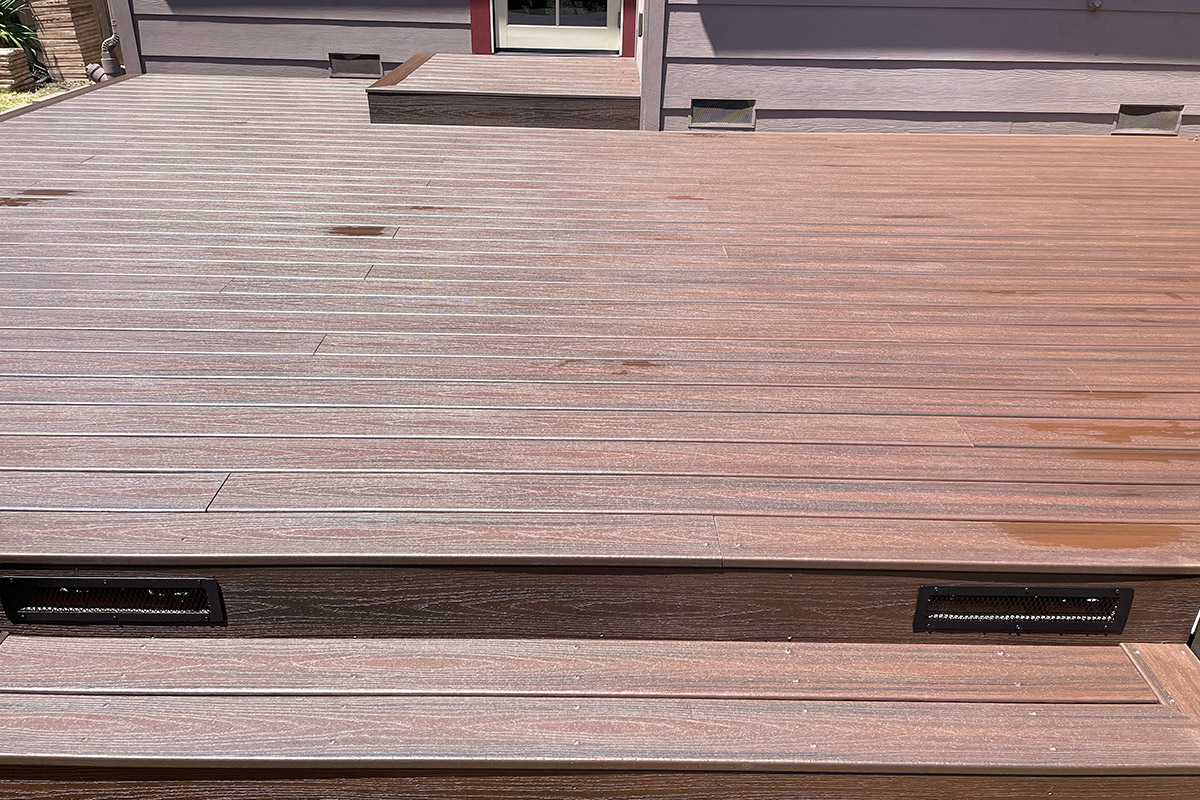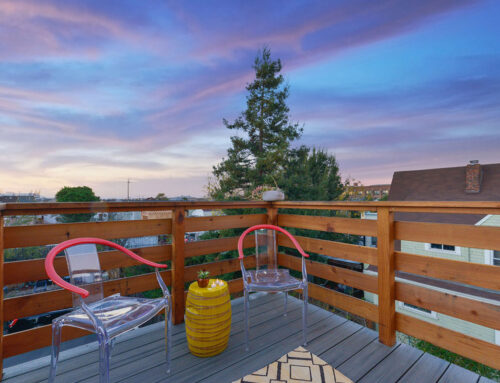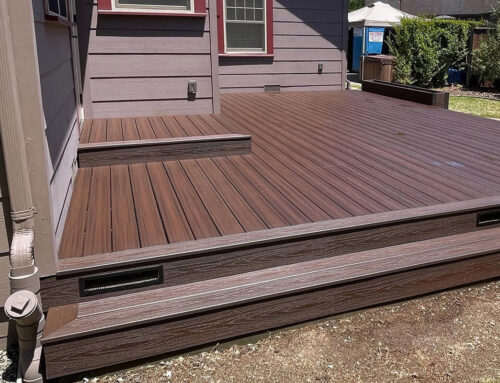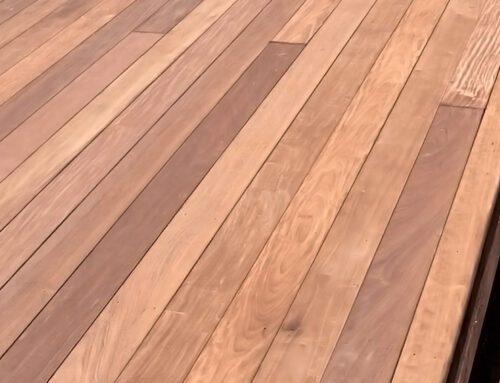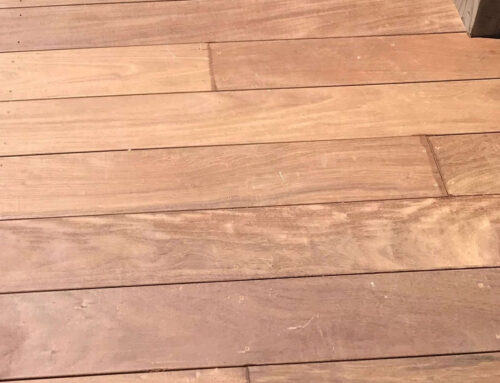Maintaining your redwood deck is important to keep it looking its best for many years to come. Upkeep can include sanding, stripping, and re-staining the wood to make even older decks look new and pristine.
Consider the Base
When searching for a wood stain for your redwood decking, you will notice some are oil-based, and others are water-based. The water-based stains may instead be marketed as acrylic-stains but will share the same traits.
Most homeowners with a redwood deck will opt for an oil base in their stain, mostly due to the fact that oil based stains penetrate deep into the wood grain and fibers to provide a depth of color you can’t get from water based stains.
Oil based stains also help restore the natural oils in redwood planks which improve the ability for those planks to resist warping, splintering, and cracking under pressure changes and moisture build up.
For water based, or acrylic based stains, you will find it much easier to apply over larger decks without leaving darker lines as some sections dry faster than others. Additionally, water based stains are longer lasting than oil bases which mean you won’t have to re-apply the stain on a yearly basis.
Pay Attention to Opacity
Opacity can be a huge concern for many homeowners with redwood decks, as well as other exotic wood deck materials. The higher opacity a stain has, the less of the natural wood grain and pattern you will see. A lower opacity will leave the natural beauty of the redwood planks showing well.
A fully transparent clear stain or sealant is extremely popular with redwood, cedar, and certain exotic hardwoods. Part of the charm of these wood types is their vibrant and bold grain lines and patterns which can increase the value of your home, as well as turn heads when you have visitors.
Mid level opacity or semi-solid stains and coatings have some color pigments mixed in, but will not completely cover up the wood’s natural grain pattern and textures. It will, however, blend in a lot of the lesser or more narrow grain patterns.
You also have the option for a solid stain, which is similar to a paint coating on your deck. It offers the highest level of protection for your decking, but also removes the visibility of the natural patterns and grains entirely. With redwood decking, solid stains are rarely used since most homeowners purchase redwood for the stylish wood grain it displays.
Extra Deck Protection
In addition to a stain and sealant, additional protection can be added on top to prevent UV damage to the deck while also reducing the amount of mold that can grow on the planks.
Tung oil and linseed oil are both extremely popular options for adding extra protection to your redwood deck, especially if your deck is exposed to rain, snow and other heavy moisture. Both of these oils help reduce the chance of mold or mildew buildup.


